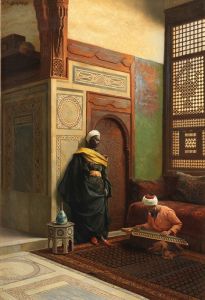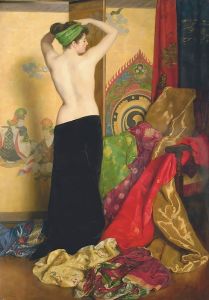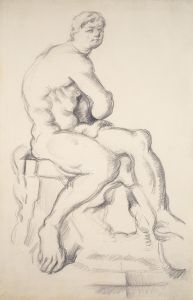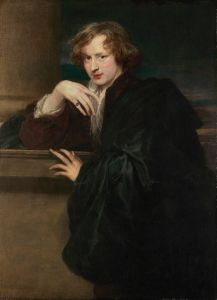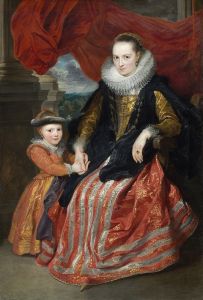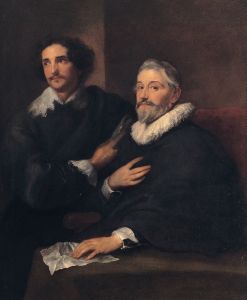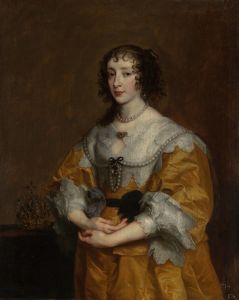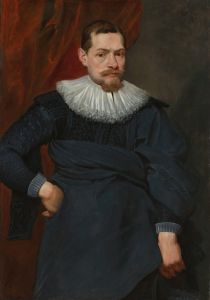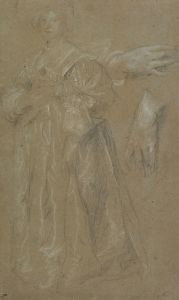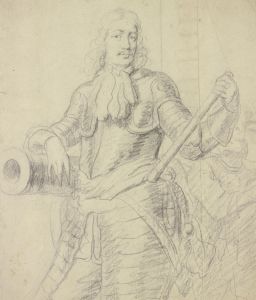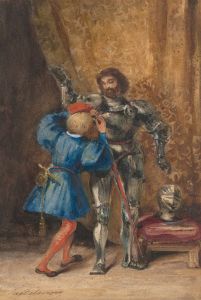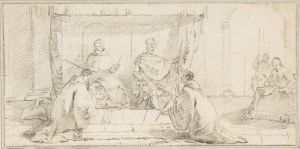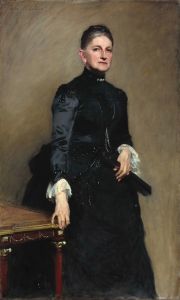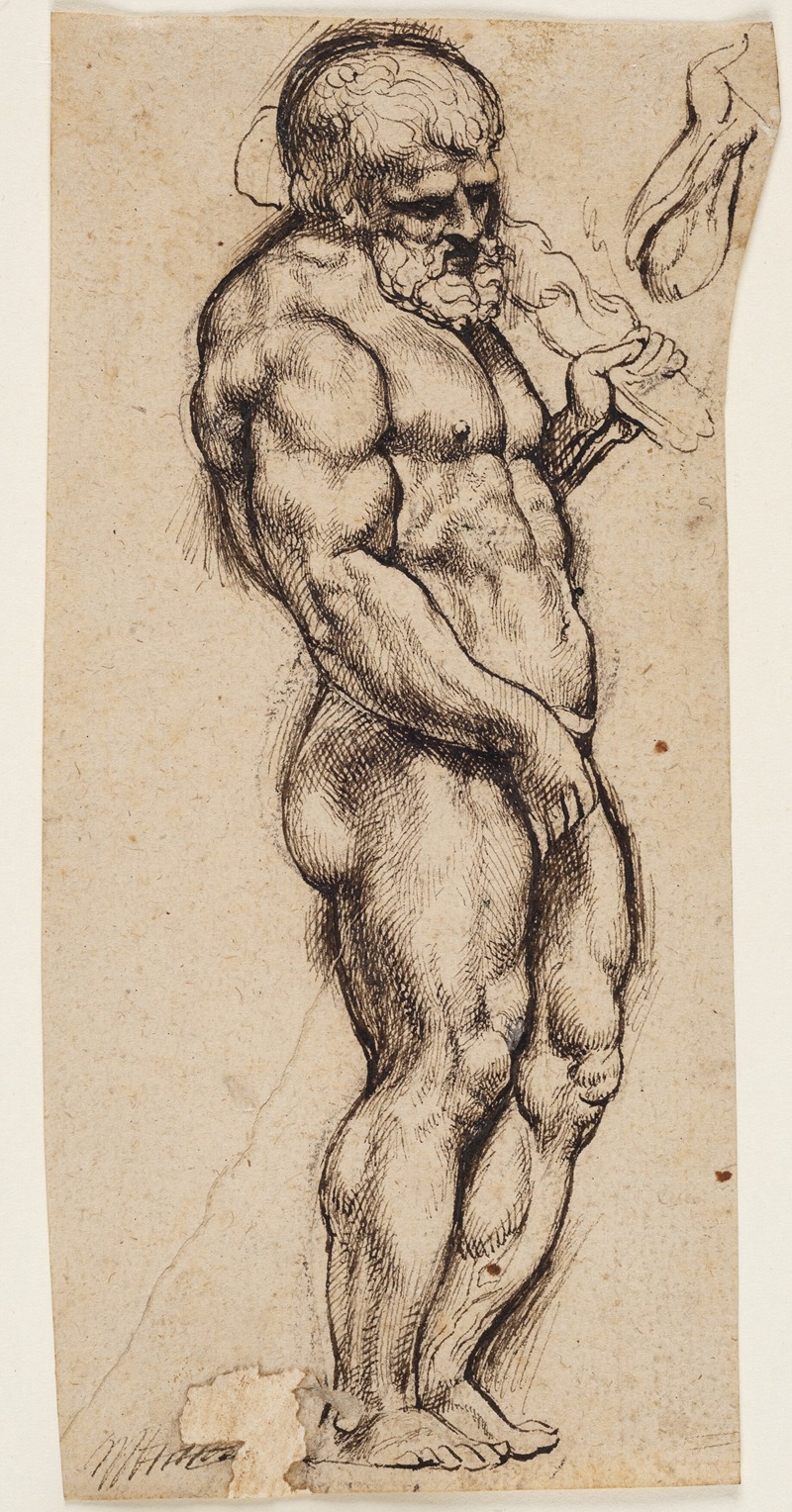
Hercules
A hand-painted replica of Anthony van Dyck’s masterpiece Hercules, meticulously crafted by professional artists to capture the true essence of the original. Each piece is created with museum-quality canvas and rare mineral pigments, carefully painted by experienced artists with delicate brushstrokes and rich, layered colors to perfectly recreate the texture of the original artwork. Unlike machine-printed reproductions, this hand-painted version brings the painting to life, infused with the artist’s emotions and skill in every stroke. Whether for personal collection or home decoration, it instantly elevates the artistic atmosphere of any space.
Anthony van Dyck, a prominent Flemish Baroque artist, is renowned for his portraits and religious works. Among his oeuvre, the painting "Hercules" stands out as a significant piece, though it is less frequently discussed compared to his portraits. This artwork reflects van Dyck's mastery in capturing the human form and his ability to convey narrative through visual art.
"Hercules" by Anthony van Dyck depicts the mythological hero Hercules, a figure celebrated for his strength and numerous far-ranging adventures, which are collectively known as the Twelve Labors. Van Dyck's interpretation of Hercules is consistent with the Baroque period's emphasis on dramatic expression and dynamic composition. The painting showcases Hercules in a moment of action or contemplation, embodying the heroic and virtuous qualities associated with the character.
Van Dyck was heavily influenced by the works of Peter Paul Rubens, under whom he studied. This influence is evident in the robust and muscular depiction of Hercules, reminiscent of Rubens' own portrayals of mythological subjects. Van Dyck's use of chiaroscuro, the contrast between light and dark, adds depth and intensity to the figure of Hercules, highlighting his physical prowess and the tension of the moment captured on canvas.
The painting is characterized by its attention to anatomical detail and the realistic portrayal of the human body, which was a hallmark of van Dyck's style. The artist's skillful brushwork and use of color bring Hercules to life, creating a sense of immediacy and presence. The background and setting of the painting, while not the primary focus, are rendered with enough detail to provide context without detracting from the central figure.
Van Dyck's "Hercules" is also notable for its exploration of themes common in Baroque art, such as the struggle between virtue and vice, the human condition, and the triumph of heroism. These themes are subtly woven into the composition, inviting viewers to reflect on the moral and philosophical implications of Hercules' mythological narrative.
The exact date of creation for "Hercules" is not definitively known, but it is believed to have been painted during van Dyck's mature period, when he was producing some of his most acclaimed works. This period was marked by his travels across Europe, where he absorbed various artistic influences that enriched his style.
While "Hercules" may not be as widely recognized as some of van Dyck's other works, it remains an important example of his ability to blend classical themes with the dynamic and emotive qualities of the Baroque style. The painting is a testament to van Dyck's versatility as an artist and his capacity to engage with complex narratives through his art.
In summary, Anthony van Dyck's "Hercules" is a compelling representation of the mythological hero, showcasing the artist's skill in rendering the human form and his ability to convey powerful themes through visual storytelling. The painting exemplifies the Baroque era's artistic values and continues to be appreciated for its technical excellence and thematic depth.





